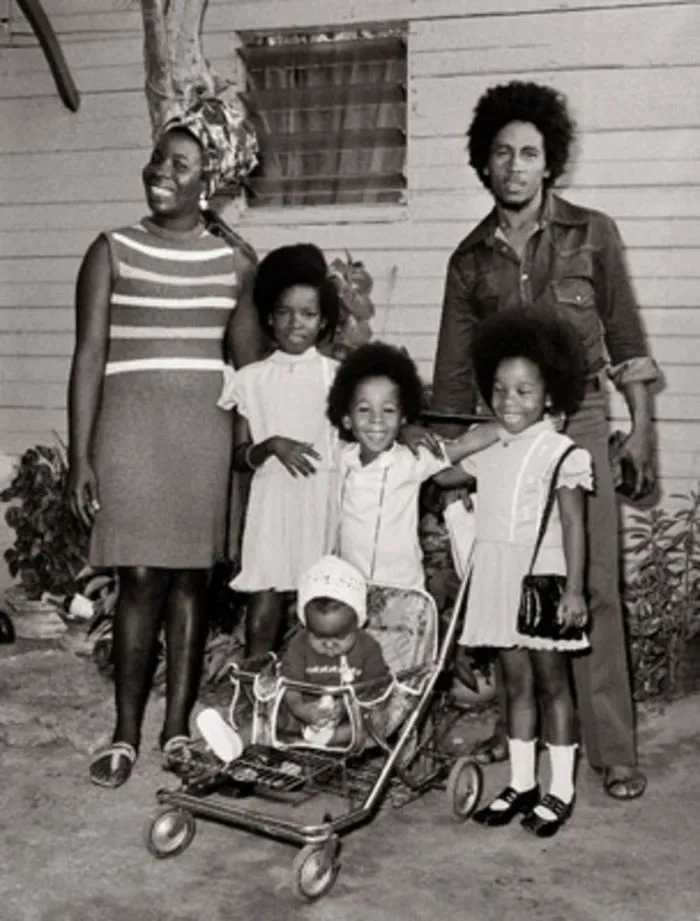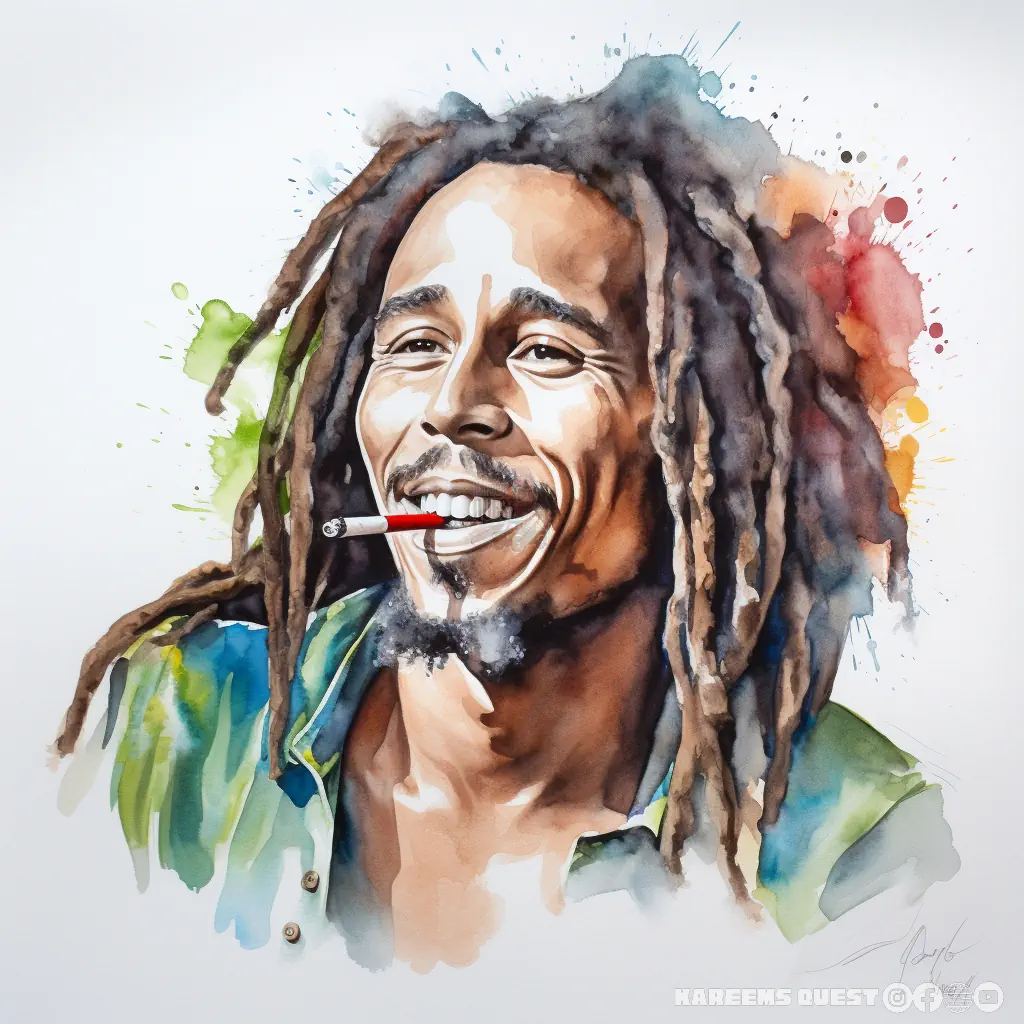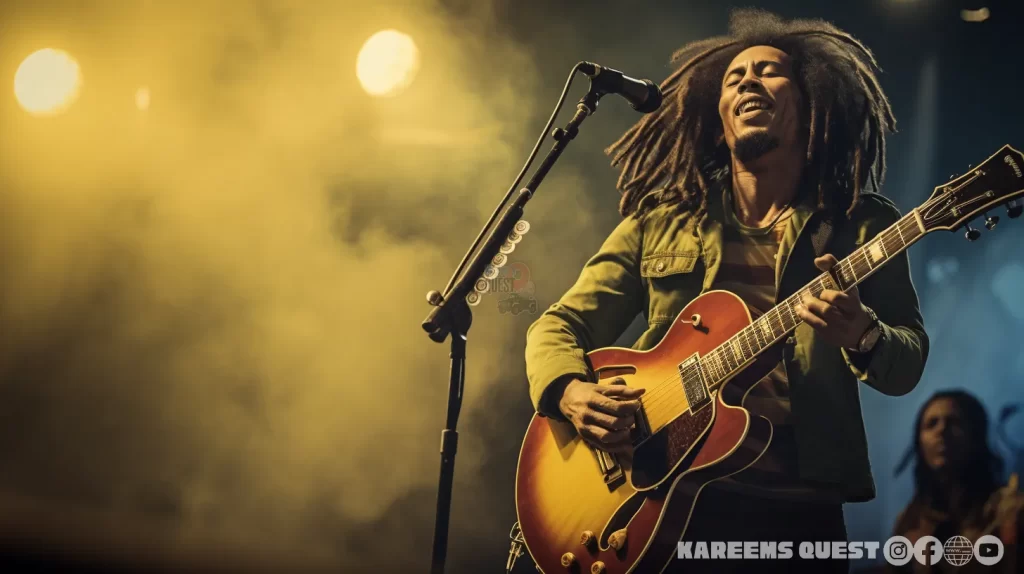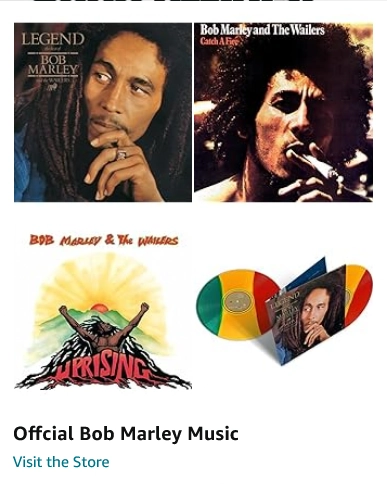Bob Marley – the name alone evokes images of dreadlocks swaying to the rhythm of reggae, a soulful voice chanting messages of love, peace, and unity. More than just a musician, Marley was a cultural icon, a champion for the oppressed, and a global ambassador for Jamaica and its vibrant music scene.
From Humble Beginnings to Musical Stardom
Born in Nine Miles, Jamaica, in 1945, Marley’s life was shaped by poverty, racial prejudice, and the pulsating rhythms of ska and rocksteady that filled the streets of Trench Town, Kingston. It was here, at the tender age of 16, that he formed the Wailing Wailers with Bunny Wailer and Peter Tosh, a group that would later evolve into the legendary The Wailers.

Their early hits like “Simmer Down” and “Rude Boy” captured the struggles and frustrations of Jamaican youth, resonating deeply with audiences both at home and abroad. The group’s sound, a fusion of ska, rocksteady, and their own unique brand of reggae, became the soundtrack of a generation yearning for change.
International Breakthrough and the Rise of Bob Marley & The Wailers

The 1970s saw Marley’s star rise to meteoric heights. Signing with Island Records, The Wailers released groundbreaking albums like “Catch a Fire” and “Burnin'”, introducing reggae to the world stage. Tracks like “Concrete Jungle” and “Get Up, Stand Up” became anthems for social justice and empowerment, while Marley’s soulful vocals and infectious rhythms captivated audiences across the globe.
Video of the Week
In 1974, the group evolved into Bob Marley & The I-Threes, with Marley’s wife Rita and singers Judy Mowatt and Marcia Griffiths adding their powerful harmonies to the mix. This period saw the release of some of Marley’s most iconic albums, including “Natty Dread,” “Rastaman Vibration,” and the monumental “Exodus,” which spent an incredible 56 weeks on the UK charts and was later named “Album of the Century” by Time Magazine.
A Voice for Peace and Unity
Marley’s music transcended mere entertainment. Infused with the Rastafarian faith he embraced, his lyrics spoke of love, unity, and the fight against oppression. Songs like “One Love,” “No Woman, No Cry,” and “Redemption Song” became rallying cries for peace and justice, uniting people of all races and backgrounds under the banner of reggae.
A Legacy that Lives On
Tragically, Marley’s life was cut short in 1981 at the age of 36 due to cancer. However, his music continues to resonate with millions around the world. His message of love, peace, and unity remains as relevant as ever, inspiring generations of musicians and activists alike.
Beyond the Music
Marley’s influence extends far beyond the realm of music. He is considered a national hero in Jamaica, and his birthday is celebrated immensely on the island. His image, with his dreadlocks and infectious smile, has become a symbol of reggae and Jamaican culture itself.
Tracing Marley’s Footsteps at the Bob Marley Museum
Kingston, Jamaica’s vibrant capital, offers another window into Marley’s world. On Hope Road stands the Bob Marley Museum, housed in the former Tuff Gong recording studio where some of his greatest hits were born. The museum takes visitors on a journey through Marley’s life and career, showcasing his instruments, handwritten lyrics, and personal belongings. Interactive exhibits and multimedia presentations bring his story to life, offering a deeper understanding of the man behind the music.





